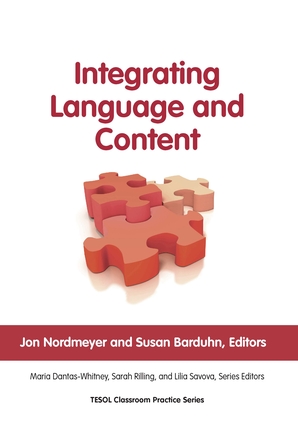Overview
The definition of English language classroom is changing. When students have the opportunity to learn content and language at the same time, disciplinary boundaries overlap. Teachers are rethinking how they design courses, plan lessons, assess students, and collaborate with colleagues to support student learning and facilitate their own professional growth. In this volume, contributors describe practical examples of integrating language and content in classrooms in Italy, the Netherlands, Yemen, Turkey, Taiwan, Russia, the United States, and South Africa. Teachers help students achieve their goals—learning English for specific purposes such as advertising, fashion design, and philosophy; teaching adult learners by integrating English skills with health literacy, conflict resolution, and social justice; serving emerging bilingual students in learning grade-level academic material or valuable job skills. The book is divided into four sections that help readers navigate the sometimes chaotic intersection of language and content: Why Do Teachers Design Courses to Integrate Language and Content?; How Do Teachers Integrate Language and Content?; How Do Teachers Evaluate Language and Content Learning?; and How Do Teachers Collaborate to Integrate Language and Content?


